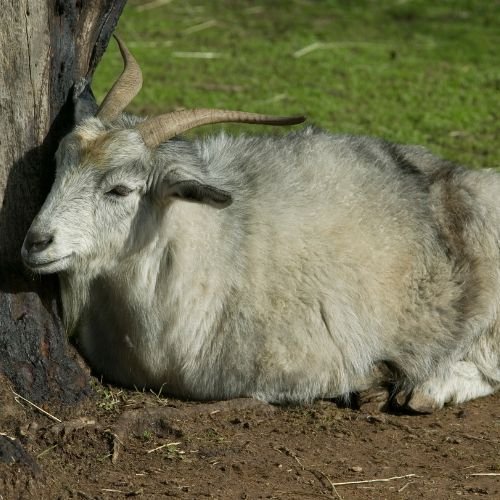Cashmere – Unraveling the World’s Finest Wool
In the realm of luxury textiles, few materials can compare to the unparalleled elegance and softness of cashmere. At Aboutwool.com, we take pride in presenting you with an in-depth exploration of cashmere, the world’s finest wool. This comprehensive guide delves into the origins, production, and enduring allure of cashmere, offering insights into what sets it apart from other fabrics.
The Origins of Cashmere
Cashmere derives its name from the region where it was first discovered – Kashmir, a picturesque valley nestled in the Himalayan mountains. The wool is sourced from the underbelly of cashmere goats, where the fibers are incredibly fine and soft, making them ideal for creating the luxurious fabric we know today.
The Cashmere Production Process
1. Shearing
The first step in producing cashmere is shearing the goats. This delicate process requires expert handling to ensure the goats are unharmed while collecting the precious undercoat. Each goat yields a mere 4 to 6 ounces of cashmere per year, emphasizing its rarity.

2. Sorting and Cleaning
The harvested fibers are then meticulously sorted to separate the cashmere from coarser hairs. This sorting process is a labor-intensive task, often done by skilled workers with years of experience. Thorough cleaning is crucial to remove any impurities, resulting in the purest cashmere threads.
3. Spinning
The cleaned cashmere is spun into yarn, a highly specialized process that demands precision. Skilled artisans craft these threads with unwavering attention to detail, creating a material that feels incredibly soft against the skin. The spinning process involves blending the cashmere with other fibers, such as silk or cotton, to achieve different textures and weights.

4. Weaving and Knitting
Cashmere yarn is used to weave fabrics or knit garments, offering endless possibilities for designers. The resulting textiles are renowned for their lightweight warmth and unmatched comfort. Cashmere is often blended with other fibers to create versatile clothing items, from luxurious scarves to cozy sweaters.
Cashmere goat
The cashmere goat, scientifically known as Capra aegagrus hircus, is a remarkable breed renowned for its luxurious fleece, which produces the world-famous cashmere wool. Originating from the rugged terrain of Kashmir in the Himalayan mountains, these goats have adapted to extreme climates, developing a dense, soft undercoat to survive harsh winters.
One of the most distinctive features of cashmere goats is their fine and downy underbelly fleece, which serves as a natural insulator against the freezing temperatures of their native habitat. This downy undercoat, known as cashmere, is incredibly soft and finely textured, with fibers measuring only 14-19 microns in diameter. It’s these exceptionally fine fibers that make cashmere goat wool highly sought after in the fashion industry.
Cashmere goats typically exhibit a variety of coat colors, including white, gray, and brown, and their beautiful, spiraled horns add to their distinctive appearance. They are hardy, resilient animals that have been bred for their fleece for centuries, and their ability to thrive in challenging environments has made them indispensable to the cashmere industry.
These elegant creatures play a vital role in the production of one of the world’s most luxurious and coveted textiles, enriching the fashion world with their fine, soft, and insulating cashmere wool. Their enduring contribution to the textile industry continues to be celebrated, as cashmere remains synonymous with opulence, comfort, and sophistication.


Sustainable Cashmere Production
Sustainability is a key concern in the fashion industry today, and cashmere is no exception. Responsible cashmere producers are now implementing eco-friendly practices to minimize their environmental impact:
- Ethical Grazing: Some cashmere farms practice responsible grazing, ensuring that goats do not overgraze and damage the fragile ecosystems of high-altitude pastures.
- Reduced Water Usage: Sustainable cashmere producers implement water-conservation practices to reduce the industry’s impact on local water sources.
- Supporting Local Communities: Many cashmere producers work closely with local communities, providing fair wages and improving living conditions for those involved in the industry.
By supporting sustainable cashmere production, you can enjoy the luxury of cashmere guilt-free, knowing that it aligns with your values for a more eco-conscious fashion industry.
In the world of luxury textiles, cashmere reigns supreme. Its unparalleled softness, natural insulation, and timeless appeal make it a coveted choice for those who appreciate the finer things in life. At aboutwool.com, we celebrate the exquisite beauty of cashmere and invite you to explore our exclusive collection of cashmere garments and accessories, curated to enhance your style and comfort.



